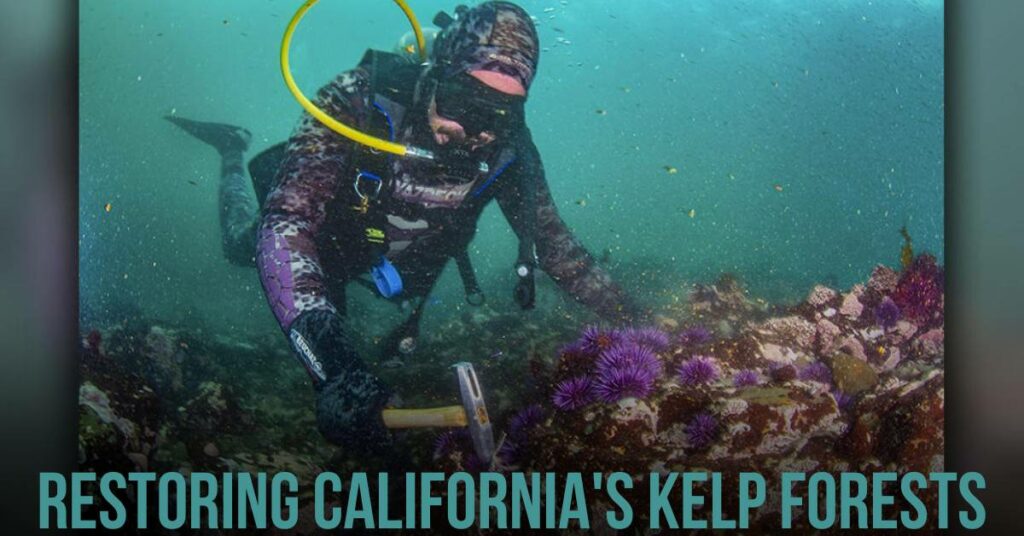In a significant and long-awaited ceremony, over 500 tribal members, dignitaries, and students gathered on a Tuesday morning to unveil California’s first-ever Capitol monument dedicated to the state’s indigenous tribes. This historical tribute recognizes the enduring presence of tribes on the land now known as California, spanning millennia.
Acknowledging Resilience: The Sacramento Region Tribes
The newly unveiled monument pays homage to the Sacramento region tribes, including the Wilton Rancheria, Ione Band of Miwok Indians, Chicken Ranch Rancheria of Me-Wuk Indians, Tuolumne Band of Me-Wuk Indians, Buena Vista Rancheria of Me-Wuk Indians, and Shingle Springs Band of Miwok Indians. It is a powerful testament to the diverse cultural heritage and the indomitable spirit of these tribes.
A Monument with a Purpose
This monument stands as the 10th addition to a park that memorializes California’s firefighters, veterans, and public safety officers. It’s a significant addition, as the last monument was brought to the park in 2009, commemorating Thomas Starr King, a Civil War-era minister, orator, and abolitionist.
The park itself has deep historical roots, with its inception dating back to 1863, envisioned as a place for reflection and celebration of California’s history and natural beauty.
A Legislative Milestone: AB 338
The monumental dedication ceremony was made possible by Assemblymember James C. Ramos, the first California Native American elected to the Legislature since statehood in 1850. Ramos authored AB 338 in 2021, a legislative act that authorized the construction of this monument. In his words, “This monument adds a new and long overdue chapter to California’s relationship with its tribes.”
The Monument’s Inspiration
The centerpiece of the monument is a statue of a Miwok skirt dancer, modeled after William J. Franklin Sr., a respected Miwok leader and cultural dancer. Franklin played a crucial role in preserving Miwok dances and traditions.
He was instrumental in building three Northern California roundhouses, dedicated spaces for Native American ceremonies, songs, dances, and gatherings. The monument is not only a tribute to the past but also an acknowledgment of the importance of passing on these traditions to future generations.
A Collective Effort: Tribes Working Together
Sara Dutschke, chairperson of the Ione Band of Miwok Indians, highlighted the importance of collaboration among the various Miwok tribes in the Sacramento region. AB 338 paved the way for this collective effort, and the monument stands as a testament to the united front these tribes presented in their journey to see their heritage recognized and celebrated.
A Monument for Healing
AB 338 represents a significant step toward acknowledging the historical injustices faced by Native Americans in California. It seeks to honor the resilience and contributions of the indigenous people and represents a vital part of the healing process. This recognition is long overdue and a pivotal moment in telling the true history of California.
A Day to Remember
The unveiling ceremony of the California Native American Monument was attended by dignitaries, local school board members, tribal leaders, and more than 300 students from area schools. It is a day that marks a turning point in how the state of California honors and recognizes the contributions and enduring presence of its indigenous communities.
Legacy of William J. Franklin Sr.
William J. Franklin Sr. played a critical role in preserving Miwok culture and traditions. His advocacy efforts led to the creation of Grinding Rock Park, a place where California Indians could practice their traditional heritage on historical lands. Franklin’s commitment to safeguarding his people’s cultural legacy has inspired younger generations and ensured the continuation of historic practices.
This monumental tribute, honoring California’s indigenous tribes and their rich heritage, not only recognizes the past but also signifies a commitment to a more inclusive and accurate history. It is a powerful reminder of the original stewards of this land and a step toward reconciling the historical injustices suffered by California’s Native American communities.





